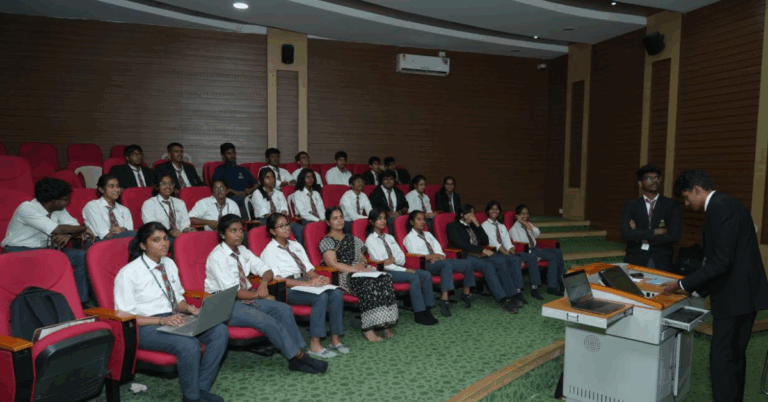The Role of STEM Education in Cricket Training
Cricket training is an essential component for players striving to excel in the sport. It involves a combination of physical conditioning, skill development, and strategic understanding. From mastering the basics of batting, bowling, and fielding to honing techniques for different formats of the game, training plays a pivotal role in enhancing a player’s performance on the field.
A structured training program typically includes practice sessions focused on improving batting skills, such as timing, footwork, and shot selection. Bowlers work on perfecting their delivery techniques, variations, and strategies to outsmart opposing batsmen. Fielding drills aim to enhance agility, reflexes, and teamwork on the field. Overall, cricket training is designed to cultivate a well-rounded player capable of thriving in all aspects of the game.
Understanding Biomechanics in Cricket
Biomechanics play a crucial role in maximizing a cricketer’s performance on the field. Every movement in cricket, from the bowler’s delivery to the batter’s shot, is influenced by biomechanical principles. Understanding how forces, motion, and body mechanics interact is essential for coaches and players to enhance technique and prevent injuries.
By analyzing the biomechanics of cricket movements, experts can identify the optimal mechanics for various skills. For instance, studying the biomechanics of a fast bowler’s action can help in improving speed and accuracy while reducing the risk of stress-related injuries. Similarly, analyzing the biomechanics of a batsman’s shot can lead to refining techniques for better timing and power generation.
Utilizing Technology for Performance Analysis
Advancements in technology have revolutionized the way cricket players’ performance is analyzed and improved. Tools such as high-speed cameras, wearable sensors, and data analytics software are now utilized to track key metrics like batting technique, ball speeds, and player movement on the field. These technologies provide coaches and players with valuable insights into areas for improvement, helping them fine-tune their skills and strategies for optimal performance.
Performance analysis technologies not only help in identifying weaknesses but also in enhancing players’ strengths. For instance, detailed data on a player’s batting stance and shot selection can be analyzed to refine their technique and increase their scoring potential. Moreover, real-time feedback from these technological tools allows for immediate adjustments and corrections during training sessions, contributing to overall skill development and performance enhancement in the game of cricket.
• High-speed cameras, wearable sensors, and data analytics software are now utilized in cricket for performance analysis
• These technologies track key metrics like batting technique, ball speeds, and player movement on the field
• Coaches and players can gain valuable insights into areas for improvement through these tools
• Performance analysis technologies help in identifying weaknesses and enhancing players’ strengths
• Detailed data on a player’s batting stance and shot selection can be analyzed to refine their technique
• Real-time feedback from technological tools allows for immediate adjustments during training sessions
How can technology help in analyzing cricket performance?
Technology can provide valuable insights into a player’s performance by tracking various metrics such as speed, movement patterns, and impact force. This data can help coaches identify areas for improvement and tailor training programs accordingly.
What is biomechanics and why is it important in cricket?
Biomechanics is the study of the mechanical aspects of human movement. In cricket, understanding biomechanics can help players optimize their technique to maximize performance and prevent injuries.
How do coaches use technology for performance analysis in cricket training?
Coaches can use technology such as motion capture systems, video analysis software, and wearable sensors to track and analyze various aspects of a player’s performance, such as their batting technique, bowling action, and fielding skills.
Can technology help in identifying and correcting technical flaws in a player’s performance?
Yes, technology can help coaches identify technical flaws by providing objective data on a player’s movements and performance. Coaches can then use this information to design targeted drills and exercises to address these flaws and improve overall performance.
What are some common technologies used for performance analysis in cricket?
Some common technologies used for performance analysis in cricket include high-speed cameras, radar guns, force plates, and wearable sensors. These tools can provide valuable data on various aspects of a player’s performance, helping coaches make informed decisions on training and development.







